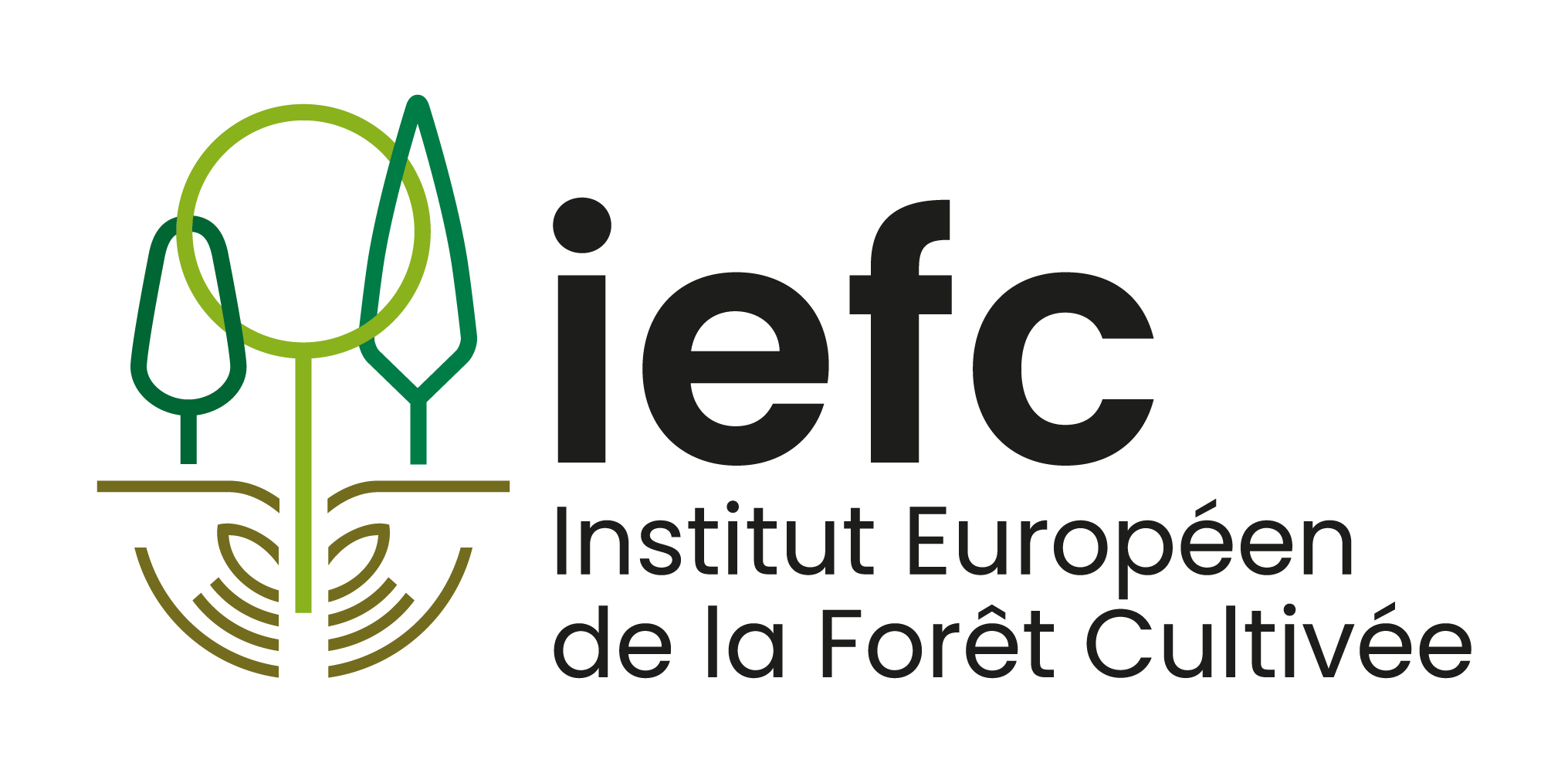Green spruce aphid
Elatobium abietinum (Hemiptera, Aphididae)
Host tree
- Its main hosts are various species of spruce (Picea). Very rarely found on other conifers.
Identification
- Small (1.5 to 2 mm), green pear-shaped aphid, mostly wingless, with cornicles on abdomen. Long and slender legs.
- Nymphs are similar to adults, wingless.
- Feeding by E. abietinum causes a partial yellow discolouration of the needles, which then spreads over the entirety of the needle before they turn a brown colour and suffer premature abscission.
- After a severe attack in spring, only the needles of the year remain on the twigs.
Damage
- Aphids feed on needle mesophyll cells causing foliage to turn yellow, die and fall off in a few weeks. Heavy attacks lead to loss of annual increment, weakening and mortality of trees, particularly through secondary pests.
- Damage often concentrates in the lower part of the crown.
- Damage is most severe in spring on old needles, after a mild winter. Populations usually drop later in the season.
- In Europe, damage is particularly serious on exotic Picea spp. planted as ornamentals (e.g. Picea pungens or P. ormorica), but also on Sitka spruce (Picea sitchensis), largely planted over wide areas in the British Isles and other western European regions. Norway spruce (P. abies) is also occasionally damaged.
- In general, damage is more severe in the introduction range, e.g. UK, North America and New Zealand, than in Continental Europe.
Biology
- There are several generations per year.
- In Continental climates in Europe, where winters are cold, holocyclic populations are found. Sexual forms with winged males appear in autumn and produce overwintering eggs that will hatch in spring. Several generations of females (fundatrix and vrginoparae) will then reproduce parthenogenetically as long as temperatures are favourable, including during mild winters. Most of these females are wingless, but winged generations are sometimes produced.
- In areas with milder climates and in all regions where the aphid is introduced, populations of E. abietinum are anholocyclic, i.e. only parthenogenetic females are produced and the aphid survives the winter months as an adult or immature virginoparae.
Risk factors
- Elatobium abietinum particularly likes non-European spruce species such as Sitka spruce.
- Outbreaks are significantly correlated with mild winters, as this increases the survival probability of aphids in the overwintering phase.
Distribution
- Native to Europe, in the natural distribution range of Picea abies. Introduced in the rest of Europe, including UK and Iceland, and in North America, South America, New Zealand and Australia.
Pest management
Monitoring
- In horticulture, branches can be beaten over a beating tray or a white paper sheet in late winter to assess the risk of defoliation in spring.
Preventive measurements
Curative control
- In forests, damage is usually observed when populations are already collapsing, which renders curative control very difficult.
- In nurseries or Christmas tree plantations, if monitoring reveals high numbers of aphids in later winter, a registered insecticide may be applied.
Climate change
- Populations are limited primarily by cold winter temperatures. The temperature that allows a survival rate of 50% lies between -6.5 and -14.5 °C. Therefore its prevalence is along the European Atlantic coast and at low elevation sites compared to more continental climates. A rise in average winter temperatures is thus considered to lead to higher aphid populations, more frequent and intense defoliation and increased affected areas, including at higher elevation.
- Most aphids perform better on water stressed trees and, thus, increased drought can increase the susceptibility of spruce to aphids. However, for E. abietinum, observations seem somewhat contradictory. Higher populations are often found on healthy, vigorous trees, although a lower amount of aphids on weakened trees may result in more critical defoliation.
